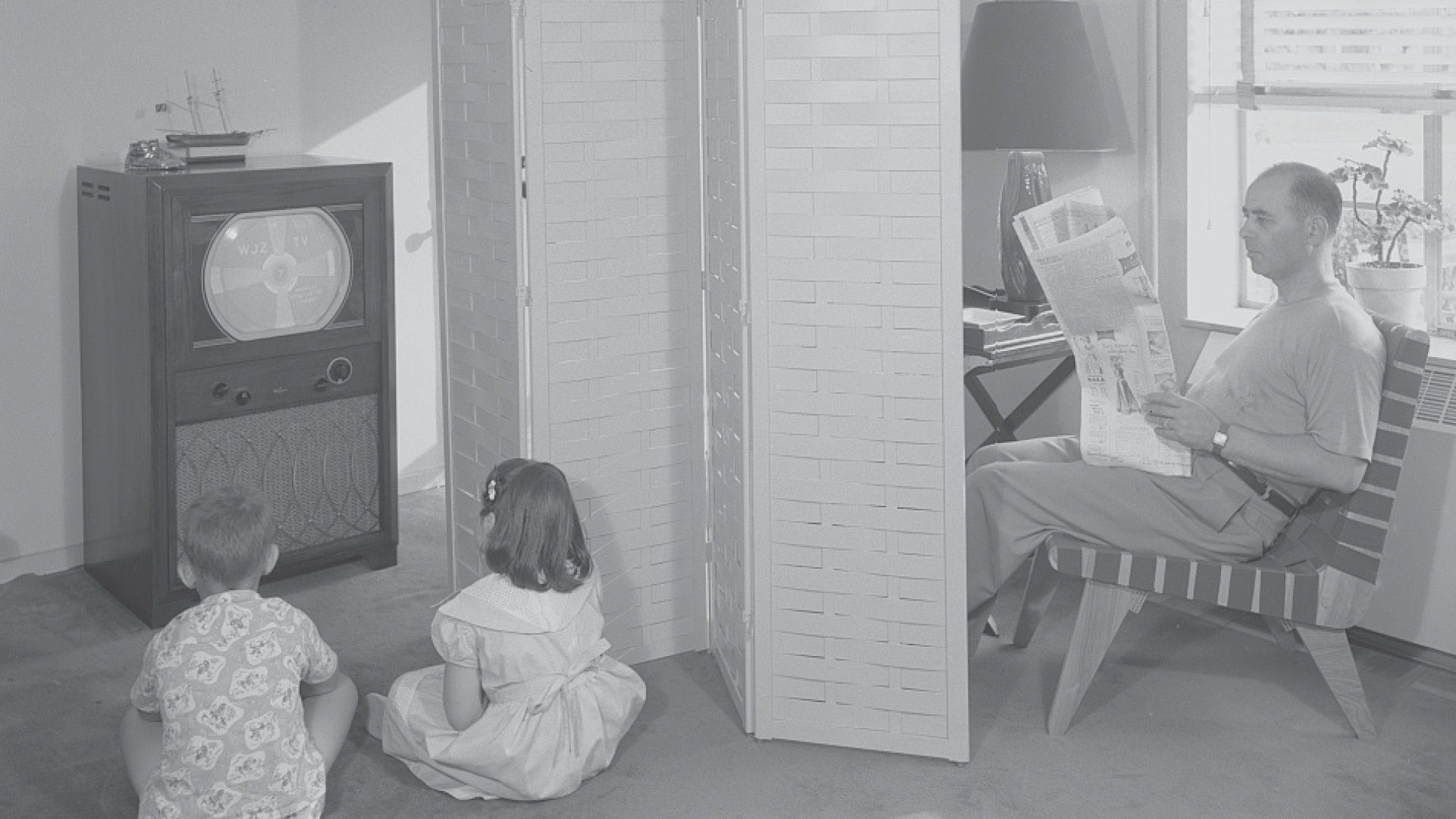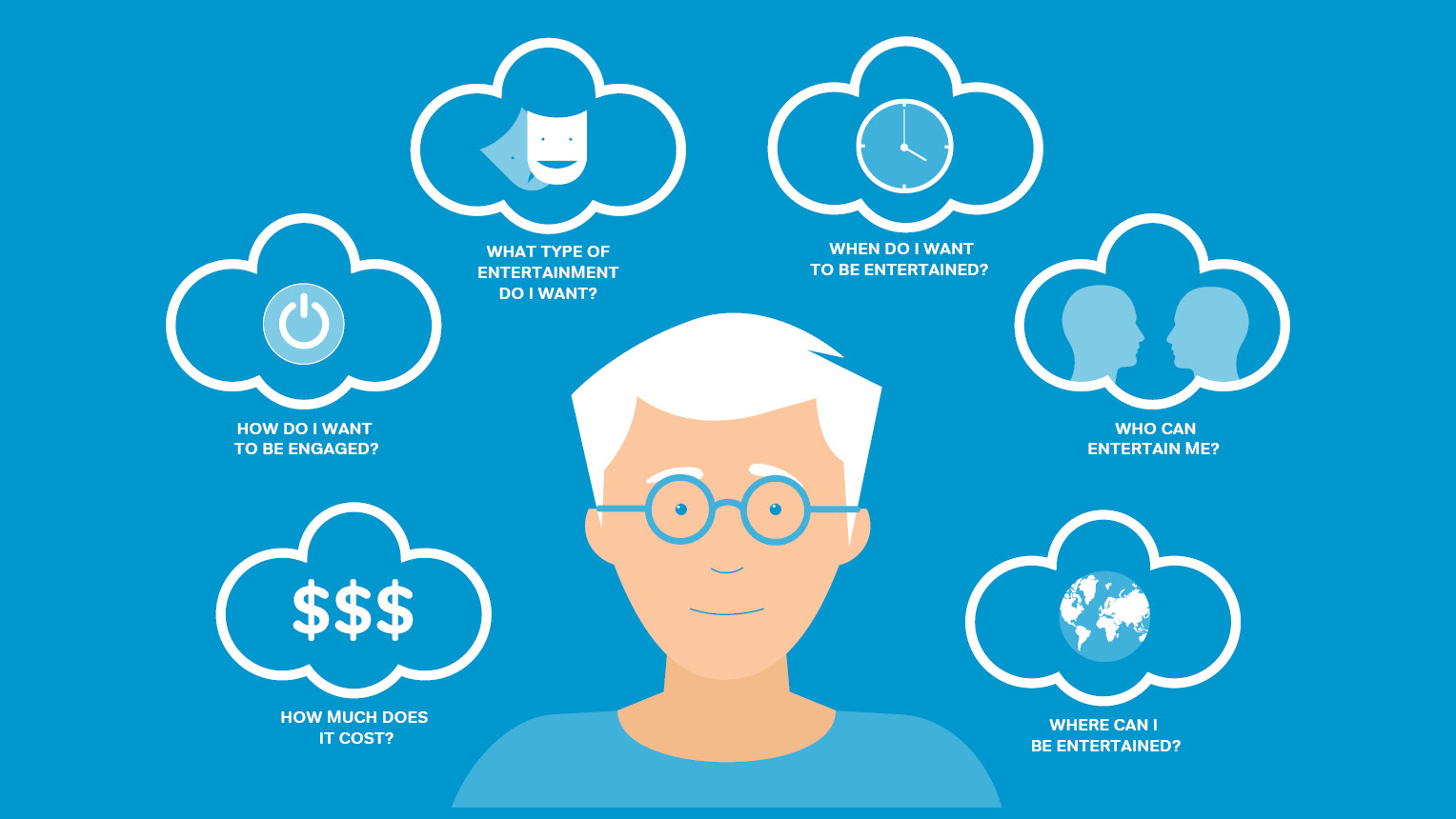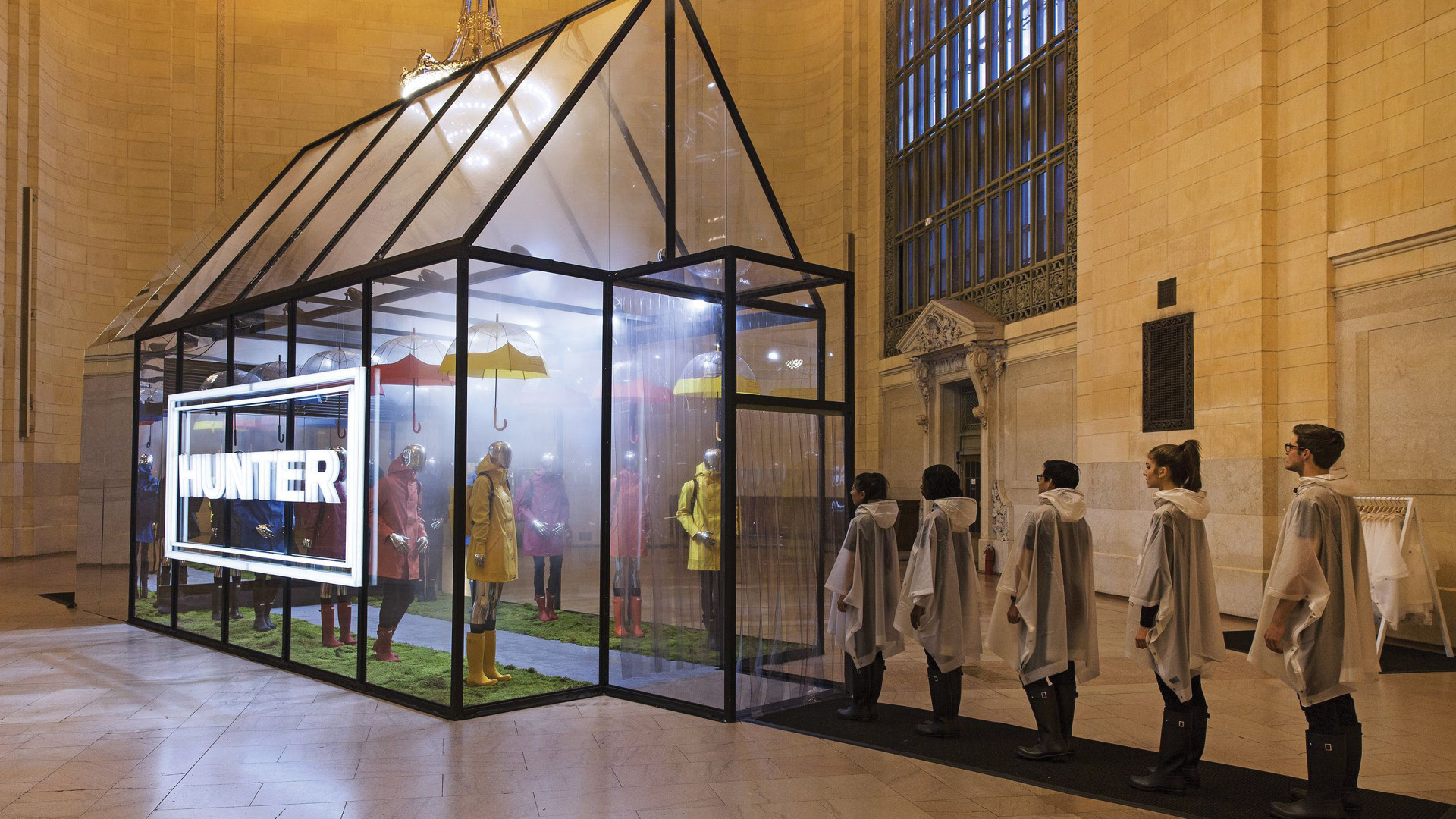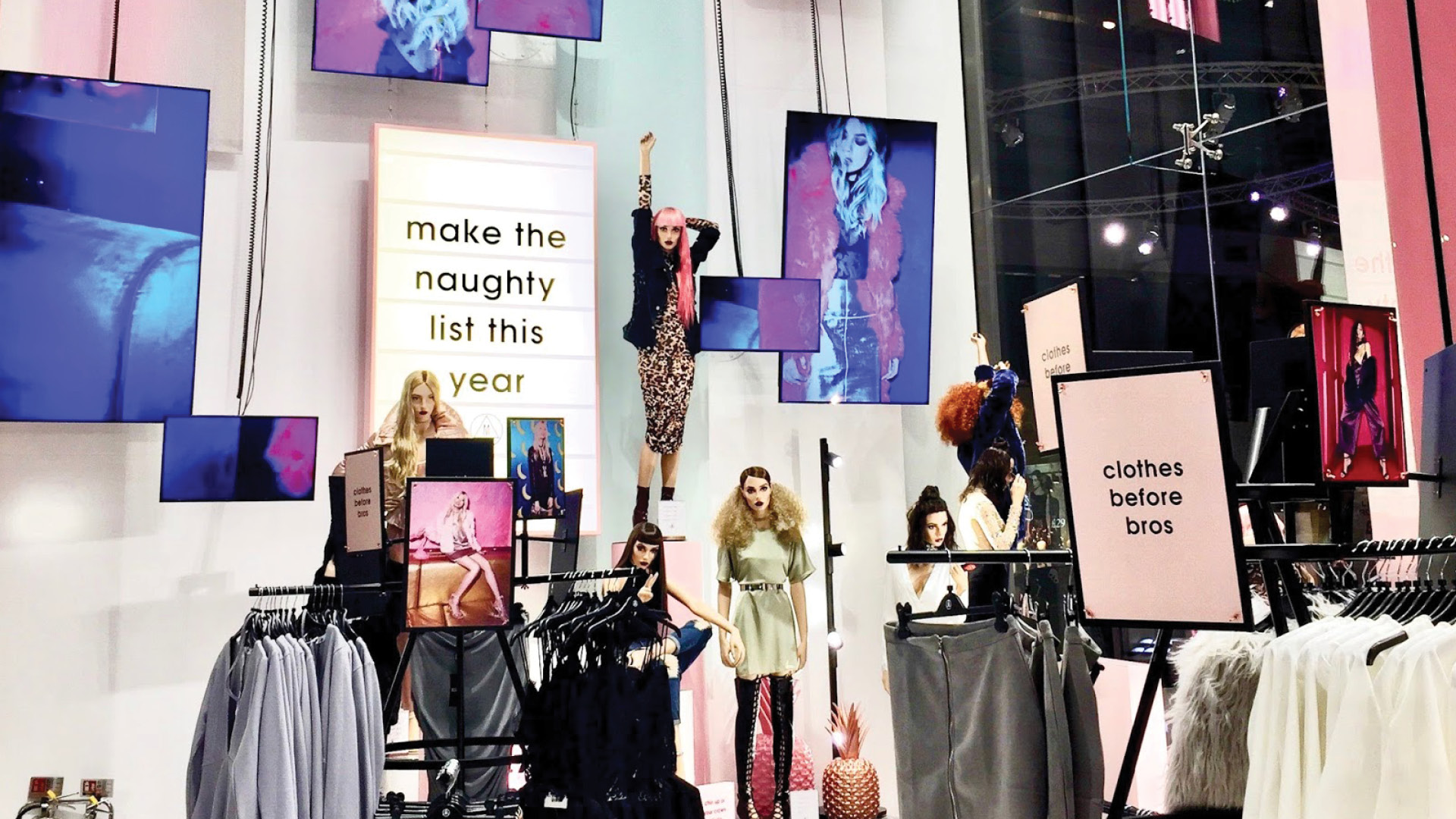The Entertainment Experience
Leading retail experience consultancy Quinine’s seven-part webinar series discusses, defines and validates the meaning of ‘Retail Experience’. Here, Quinine’s Alex and Ian take a deep dive into the meaning of the ‘Entertainment Experience’ within retail.
In previous episodes we have introduced our overarching ‘Experience Framework’ tool and explored a variety of customer retail missions. In this article, we look in-depth at the entertainment element of that framework and its crucial role in forging a deeper connection with the customer in-store.
Quinine defines entertainment as having fun and enjoying oneself. Like the Escape Experience, Entertainment is distinct from the other three experience realms in the store (the Functional, the Social and the Educational) because it is so uniquely subjective to each person. Some people enjoy horror films, while others simply hate the idea of them. Some people are wowed by theatre, while for others it is a turn-off.

Entertainment has a fascinating and long history, having developed over millennia into the complex and multidisciplined medium that it is today. We know that play is a method through which all mammals, including humans, facilitate learning. For cave men storytelling, accompanied by cave paintings, was a powerful tool to share the knowledge and skills vital for their existence. The Greeks and the Romans used theatre, music and sporting events as vehicles to bring people together, to communicate political positioning and to dictate their preferred moral code. Throughout the industrial era entertainment became an important factor in people’s social lives and by the post war era it had become highly commercialised and global in its scope.

So, what is entertainment’s role within society today? It is certainly a ubiquitous presence within our lives, seeping into every area of our lives and the way we consume information. This is in part, a result of how good we have become at telling engaging stories in innovative ways. We see this in the beautiful and immersive puppetry production of Warhorse as well as in the digital shadow that playfully follows a runner around the Nike unlimited stadium in Malaysia. But have we gone too far? Entertainment even features in the electric toothbrush that plays a Justin Bieber song to encourage a child’s brushing routine. What we do know is that people’s growing expectations of the entertainment realm are now met with increasingly sophisticated technologies and techniques, in both the analogue and the digital worlds.





So, what kind of considerations and mindsets might fulfil our customers entertainment needs today? Firstly, a person might consider what type of entertainment they are looking for. At Quinine we believe there are three categories: an activity, a performance and an event. These broadly defined and often overlapping types of entertainment give us a useful base from which to understand the entertainment experience.
People might also consider how they want to be entertained and to what level they want to participate. Quinine’s ‘Spectrum of Participation’ is a useful tool here, aiming to quantify the level of engagement someone has in an activity, performance or event. At one end of the spectrum is passive engagement and at the other active engagement. It is a sliding scale that can shift from the light touch of having the radio on in the background to the full-scale involvement of throwing oneself down a water slide.
The entertainment mindset will also likely consider where someone wants to be entertained. Entertainment is something that has traditionally been associated with theatres, public spaces or the more intimate spaces of our homes. But the expectation today is that we can access entertainment whenever we want and wherever we want. And that includes within the retail landscape.

Today, there are some excellent examples of A-grade shopping malls that understand the consumer appetite for entertainment experiences and are already including lots of activities, performances and events within their spaces to cater to that. Individual retailers need to be able to do the same, creating enjoyable and entertaining moments in-store that are not only unique and fun but bring people closer to their brand.
So how can individual retailers facilitate entertainment missions within their stores? Lets start by considering activities, performances and events. Shopping in itself can be considered an entertaining activity. This can be about the enjoyment in sharing the act of shopping with others or simply the buzz experienced in discovering new things. However, entertaining activities can also exist as a more isolated moment within a customers’ in-store journey. This can be the light sense of jeopardy when submerging an electronic device in water to prove its water resistance at the Samsung store in New York. It can also be the immersive act of trying on a coat in a specially-designed ‘Cold Room’ in the Canada Goose store. As temperatures reach as low as -13 degrees Fahrenheit customers experience the product performance first hand in a fun and educational way. American ice cream parlour Cold Stone Creamery’s staff are central to an entertaining experience. Providing theatrical performances, employees expertly slice, dice and juggle scoops of ice cream before handing it over to customers. The entertainment mission also thrives at Costco when the brand invites customers to Events in-store. With carefully curated author signings, Costco’s book buyers get the chance to meet icons such as Martha Stewart and Michelle Obama.




At Quinine, our ‘Spectrum of Engagement’ tool enables us to gain a greater understanding of the value of these entertainment interventions within the store. This scale, which has ‘incidental’ and ‘immersive’ at opposing ends, reveals the different ways retailers can leverage entertainment in-store. Incidental interventions are things that do not demand the customer’s full attention yet work to make the store experience more enjoyable for them. They include things like the tone of voice used throughout or the music playing in the background. The immersive interventions are rich and playful and ask for the shopper’s full attention. They could encompass the entire environment that the retailer creates or, alternatively, an activity, performance or event within a store. An example of this are the immersive pods that smart speaker expert Sonos has developed to showcase its brand. Hunter is another savvy example of a brand leveraging the power of immersive activities to build consumer interest with its product range. When it invited people into a pop-up greenhouse full of misty rain at New York’s Grand Central Station it imitated the real-life scenarios of stereotypical British weather in a fun and dynamic way.

It is important to recognise that both incidental and immersive are needed as part of a retailer’s strategy to deliver an authentic and believable experience that connects with the customer. Having the right mix will require using them in a balanced way throughout the entire customer journey as well as in a way that is appropriate for the brand. All this fun and enjoyment does not come without its challenges. Retailers and brands must firstly be mindful that entertainment for entertainment sake does not work. Rather than a stunt or a gimmick, it needs to add value to the shopper’s journey. Equally important to consider is that it needs to be an integrated and natural component of the brand story. Businesses need to stay focused on their values and heritage. Finally, it is no good delivering entertainment interventions in store unless the business is able to support them long-term. Those who stay focused on these three rules for in-store entertainment have the foundations for brilliant, engaging activities, performances and events.

Looking at entertain through the lens of our Retail Experience Framework, we see how it can be integrated at many stages of the customer journey in-store. In particular, the ‘Discover’, ‘Consult’ and ‘Aftersales’ stages are three really powerful opportunities for entertainment and fun. Getting customers to feel, touch and interact with the brand’s products and services in the form of a game or competition presents a great opportunity to build deeper connections. In its inventive store space, LittleBits – the US brand on a mission to democratize electronics – gets customers learning and playing within the Discover phase of the customer journey. A focus on play and learn is integrated into the Consult phase of the customer journey of cult trainer brand Allbirds too. Within its design-conscious shop, the brand uses a fun, stylized treadmill to encourage the consumer to try before they buy. Creating interactive moments in-store is a powerful way to engage with people. Outdoor retailer North Face excels at this within its Aftersales stage using the medium of a fully-functional climbing wall for customers to play and test products on.






The entertainment experience plays a pivotal role in engaging consumers in a powerful intersection of learning, fun and shopping, and can be a game-changer for retailers and brands in the physical retail environment.
This article is Episode 06 of Quinine’s webinar series on the topic of ‘What is Experiential Retail?’. Details of all other titles can be found here:

